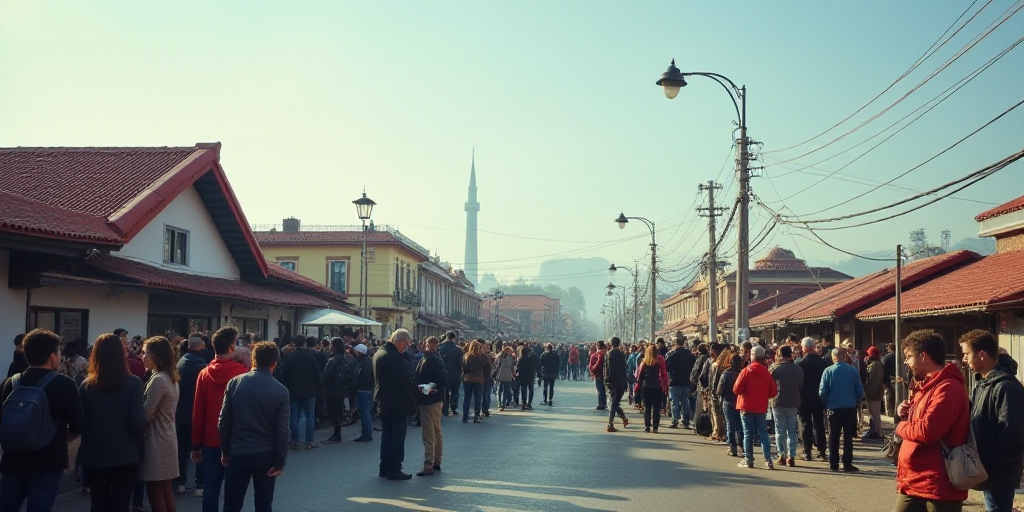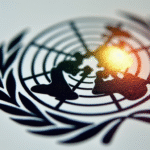Background on the Region and its Seismic Activity
Southern Chile and Argentina, located near the Antarctic region, experienced a significant seismic event. This area is known for its high seismic activity due to the convergence of three tectonic plates: Nazca, South American, and Antarctic.
Historically, Chile has been one of the countries most affected by earthquakes worldwide. In 1960, Valdivia was devastated by a magnitude 9.5 earthquake, the strongest ever recorded, resulting in over 5,000 fatalities. In 2010, a magnitude 8.8 earthquake triggered a tsunami that claimed more than 520 lives.
The Earthquake and Subsequent Tsunami Alert
At 9:58 AM local time, a powerful earthquake measuring 7.5 on the Richter scale occurred approximately 218 km south of Puerto Williams, Chile, and at a depth of 10 km. The event was felt in both Chile and Argentina, causing authorities to issue a tsunami alert and evacuation orders for sparsely populated coastal areas in the Magallanes region.
- The Chilean National Emergency Office (ONEMI) reported the earthquake as magnitude 7.5, while the United States Geological Survey (USGS) measured it at 7.4.
- Evacuations were ordered for several small settlements in Chile’s Magallanes region and Puerto Almanza, Argentina, home to around a hundred residents.
- Local residents described the event as unusual and unsettling, with some comparing it to a moving bed or boat.
Tsunami Alert and Subsequent Lift
Approximately two hours after the earthquake, authorities lifted the tsunami alert based on measurements from a military base in the Antarctic Peninsula. The sea level had varied by six centimeters, indicating that the tsunami risk had subsided.
Authorities in both Chile and Argentina communicated the all-clear, allowing residents to return to their normal activities.
Impact and Aftermath
The earthquake did not result in any reported casualties, material damages, or service disruptions in either Chile or Argentina.
Puerto Williams, the closest Chilean town to the earthquake’s epicenter, has a population of around 2,800 people.
Locals in both countries followed evacuation instructions, gathering in elevated areas away from the coast.
Authorities emphasized that such seismic events, though rare in this region, necessitate prompt community action to ensure safety.
Key Questions and Answers
- What caused the tsunami alert? A strong earthquake in the ocean near southern Chile and Argentina triggered the alert due to the potential for a tsunami.
- How was the alert lifted? After approximately two hours, authorities lifted the tsunami alert based on measurements from a military base in the Antarctic Peninsula, which indicated that the tsunami risk had passed.
- Were there any casualties or damages? No casualties, material damages, or service disruptions were reported in either Chile or Argentina following the earthquake.
- Why is southern Chile prone to earthquakes? The region experiences high seismic activity due to the convergence of three tectonic plates: Nazca, South American, and Antarctic.






